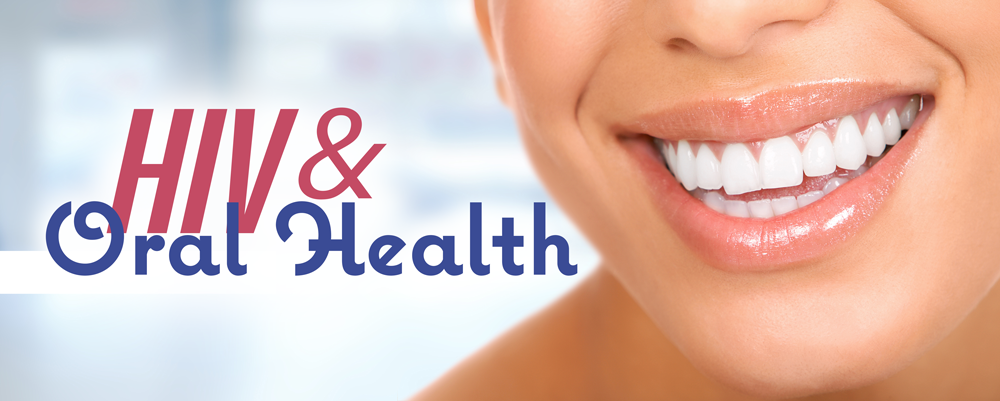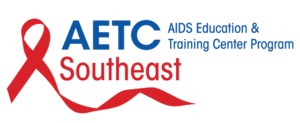
HIV & Oral Health: Short Bites – March 2021 Update
By:
- Mark Schweizer, DDS MPH
Director of Development and Special Projects
Dental Director Southeastern AIDS Training and Education Center
Nova Southeastern University College of Dental Medicine
The clinical picture of COVID-19 in various target organs has been extensively studied and described, but relatively little is known about the characteristics of oral cavity involvement. The study “Frequent and Persistent Salivary Gland Ectasia and Oral Disease After COVID-19” published in the Journal of Dental Research (JDR), investigated the presence and prevalence of oral manifestations in COVID-19 survivors.
Researchers at the Università Vita Salute San Raffaele, Milan, Italy, profiled the oral involvement in 122 COVID-19 survivors, hospitalized and followed up at a single referral visit after a median 104 days from hospital discharge. The researchers found that oral manifestations, specifically salivary gland ectasia, were unexpectedly common being detectable in 83.9% and 43% of COVID-19 survivors, respectively. Salivary glands were defined as being ectasic when they appeared swollen, with a patent duct, and no pus leaking. Salivary gland ectasia reflected the hyperinflammatory response to SARS-CoV-2, as demonstrated by the significant relationship with C-reactive protein and lactate dehydrogenase (LDH) levels at hospital admission, and with the use of antibiotics during acute disease. Both LDH levels and antibiotic administration survived as independent predictors of salivary gland ectasia in a multivariable analysis. Temporomandibular joint abnormalities, facial pain and masticatory muscle weakness were also common.
“This retrospective and prospective cohort study of COVID-19 survivors revealed that residual damage of the oral cavity persists in the vast majority of the more severely affected patients far beyond clinical recovery,” said JDR Editor-in-Chief Nicholas Jakubovics, Newcastle University, England. “This suggests that the oral cavity represents a preferential target for SARS-CoV-2 infection. Further studies are needed to clarify the connection between SARS-CoV-2 infection and oral disorders.”
References:
- E.F. Gherlone et al, Frequent and Persistent Salivary Gland Ectasia and Oral Disease After COVID-19, Journal of Dental Research (2021). DOI: 10.1177/0022034521997112
